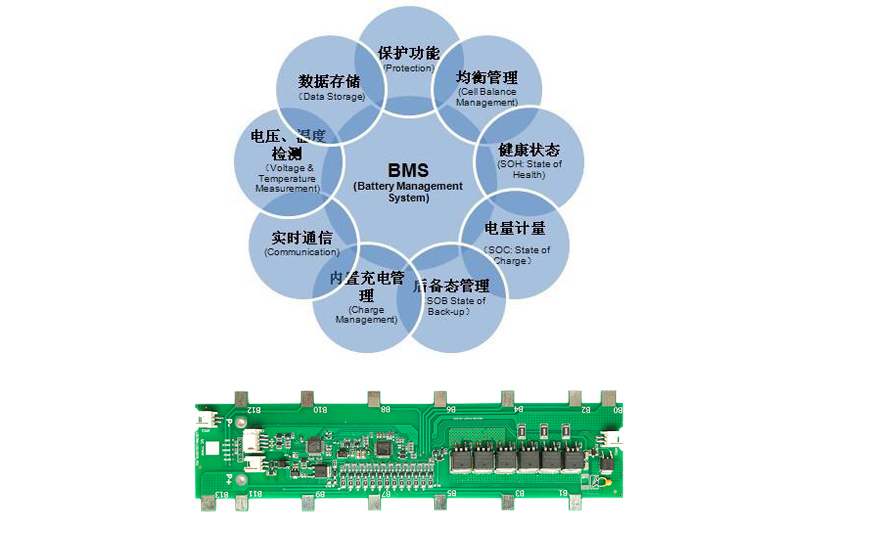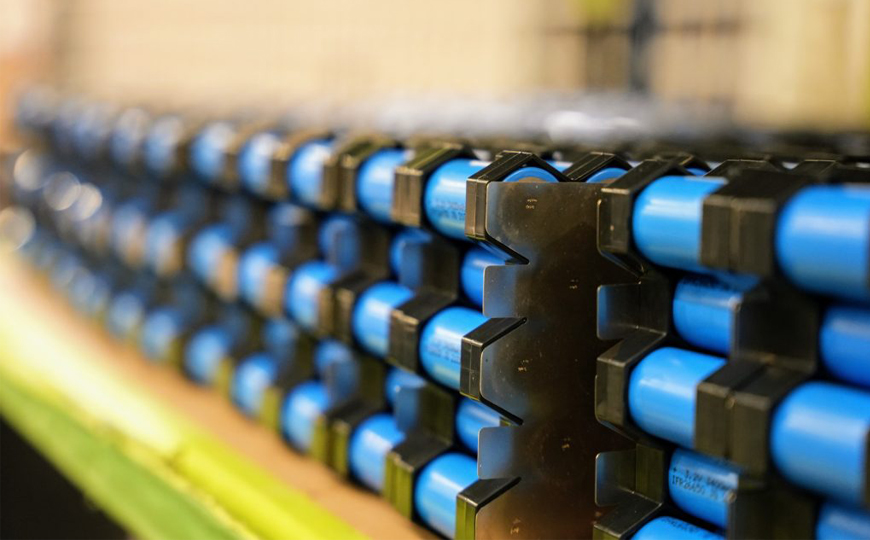
Battery Management Systems (BMS)
How to design a battery management system
Infineon integrated circuits and designs help you to layout your Battery Management System. Careful design considerations on charging and discharging processes on battery protection and cell monitoring will support you throughout your design.
Infineon‘s solutions and design resources for a battery management system, help you to overcome your design challenges and support your success in developing more efficient, longer-lasting and more reliable battery-powered applications.
From engineers to engineers, our tools will support you every phase of your design, from comparing the different products to simulations, and of course ready to use reference designs.
Why are battery management systems (BMS) needed and how do they work?
Battery management systems (BMS) are electronic control circuits that monitor and regulate the charging and discharge of batteries. The battery characteristics to be monitored include the detection of battery type, voltages, temperature, capacity, state of charge, power consumption, remaining operating time, charging cycles, and some more characteristics.
Tasks of smart battery management systems (BMS)
The task of battery management systems is to ensure the optimal use of the residual energy present in a battery. In order to avoid loading the batteries, BMS systems protect the batteries from deep discharge and over-voltage, which are results of extreme fast charge and extreme high discharge current. In the case of multi-cell batteries, the battery management system also provides a cell balancing function, to manage that different battery cells have the same charging and discharging requirements.


